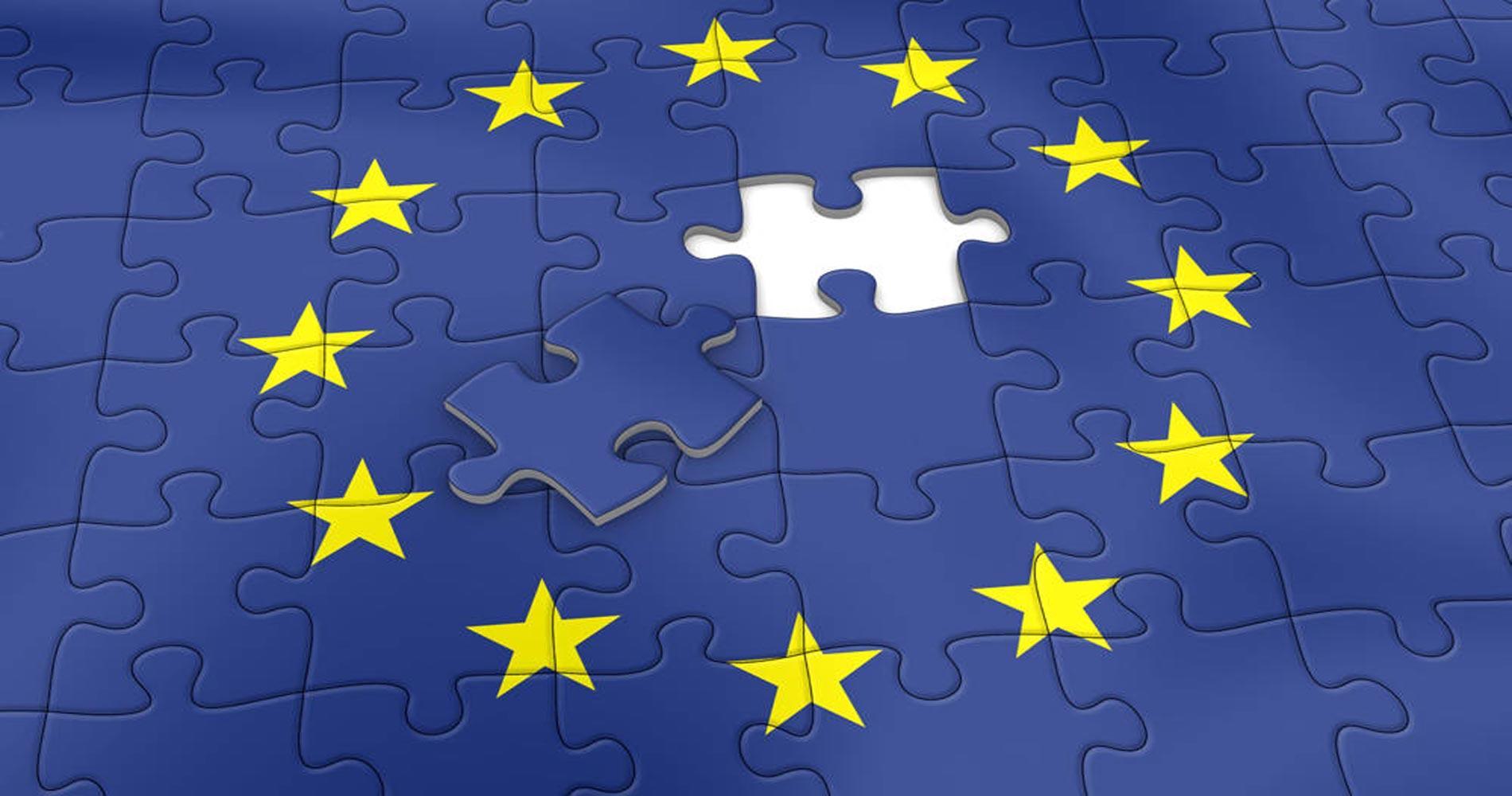In the current security context, Europe’s ability to defend itself hinges on the establishment of a Europeanized defense industry. However, the EU defense market is confronted with fragmentation, characterized by limited cooperation among Member States. This lack of integration poses significant challenges to Europe’s ambition to achieve strategic autonomy and equal status with the US in security and defense matters.
Murat Gibadyukov
25 August 2023
Arabic version | Chinese version | French version | German version
The current state of the EU defense market landscape exhibits limited cooperation, leading Member States to pursue individual defense projects and procurement strategies. This fragmented approach results in inefficiencies, increased costs, and disjointed operations. To reinforce the EU’s position as a global security actor, a unified strategy is imperative. Such an approach would enable the pooling of resources and capabilities, bolstering defense capabilities and strategic autonomy.
The European Union has taken significant steps towards unifying the defense industry to address the challenges posed by fragmentation, and enhance its collective military capabilities. Initiatives such as the European Peace Facility (EPF) and the Act in Support of Ammunitions Production (ASAP) demonstrate the EU’s commitment to supporting cooperation for military production to achieve more autonomy and overcome supply shortages. Moreover, the European Defense Agency (EDA) has spearheaded efforts to coordinate the procurement of military supplies among 24 EU Member States and Norway, and to facilitate the procurement of 155-mm artillery ammunition to bolster the Ukrainian Army’s capabilities.
However, diverse standards, regulations, and certification processes across EU Member States create obstacles to cross-border collaboration within the defense industry. Furthermore, the reliance on non-European suppliers for critical defense technologies poses security risks.
In this connection, Polish Prime Minister Mateusz Morawiecki recently made it clear that Poland seeks to further deepen cooperation with the US defense industry: “Poland wants to build the strongest army in Europe. That is why we want to cooperate with the most advanced defense industry in the world, which is the American industry.” In addition to Poland’s preference for cooperation with the US defense industry, the country has also pursued individual deals with other non-EU nations, contributing to the fragmentation of the EU defense market and of EU security cohesion.
One notable example is the recent tank deal between Poland and the Republic of Korea (ROK). Poland concluded a significant agreement to buy 120 K-2 battle tanks produced by ROK and to establish a production line in Poland to manufacture an additional 800 units for its armed forces. Instead of collaborating with fellow EU Member States, Poland’s choice to enter into such a significant defense deal with a non-EU partner underscores the prevailing fragmentation within the EU defense market.
Furthermore, the absence of unified procurement leads to differences in military power among the EU Member States, with some possessing advanced technological capabilities and others lagging behind. The EU’s approach to acquiring combat aircraft showcases this disparity. Currently in the EU market three types of European combat aircraft are competing with the US F-35, with most European countries opting for the latter. This lack of consensus on a common combat aircraft makes it challenging to respond collectively to security threats and weakens the EU’s stance on the global stage. One must therefore ask, “cui bono”?
Une stratégie d’acquisition unifiée offrirait une solution à ces défis. En harmonisant les normes et en minimisant les redondances, l’UE peut optimiser les budgets de défense, renforcer son pouvoir de négociation et favoriser la compétitivité de l’industrie européenne de la défense. Au milieu de cette fragmentation du marché, certains dirigeants européens, comme le président français Emmanuel Macron, ont défendu une sécurité européenne indépendante et une Europe forte. Dans le discours qu’il a prononcé en avril 2023 à l’Institut Nexus de La Haye, M. Macron a souligné la nécessité de défendre et de maintenir la souveraineté européenne et a établi un plan d’action pour développer une doctrine de sécurité économique européenne. Sa vision de l’Europe comprend une industrie de défense unifiée qui permet à l’UE de prendre des décisions indépendantes et de déterminer ses propres politiques étrangères et de sécurité.
Pour relever ces défis et parvenir à l’autonomie stratégique européenne, une coopération plus étroite et des projets communs entre les États membres de l’UE sont essentiels. L’UE vise à améliorer la convergence en matière d’acquisition d’armements grâce à des mécanismes tels que la loi sur le renforcement de l’industrie européenne de défense par des acquisitions communes (EDIRPA), qui reconnaît la nécessité d’un système d’acquisition unifié permettant des achats conjoints et favorisant les économies d’échelle afin de réduire les coûts et d’améliorer l’interopérabilité.
Cependant, la mise en œuvre de telles initiatives est complexe et nécessite une navigation délicate entre les intérêts nationaux et les préoccupations en matière de sécurité. Une consolidation efficace de l’offre pourrait entraîner, pour certains États membres, la perte de certaines capacités et de certains avantages industriels en matière de défense. Néanmoins cette évolution est nécessaire pour renforcer les capacités européennes de défense et développer l’autonomie au niveau européen. Une planification coordonnée de la défense est essentielle pour garantir un secteur militaire complémentaire et efficace.
Enfin, l’investissement dans la recherche et le développement en matière de défense au niveau de l’UE peut favoriser l’innovation et la compétitivité au sein de l’industrie européenne. L’UE doit soutenir la croissance d’une base industrielle de défense européenne robuste et compétitive afin de réduire la dépendance à l’égard des fournisseurs non européens.
Pour ce faire, tous les États membres de l’UE doivent faire preuve de volonté politique et s’engager à travailler ensemble pour atteindre des objectifs et des politiques de défense communs. Cela permettra à l’UE de surmonter la fragmentation et de renforcer ses capacités de défense tout en progressant vers une plus grande autonomie stratégique et un statut égal à celui des autres puissances mondiales en matière de sécurité.







